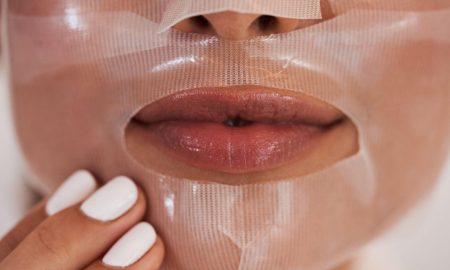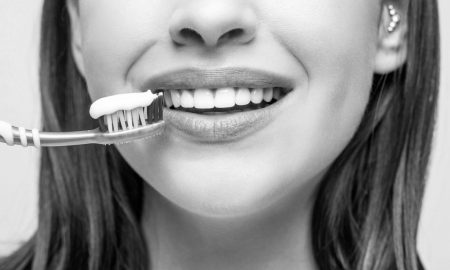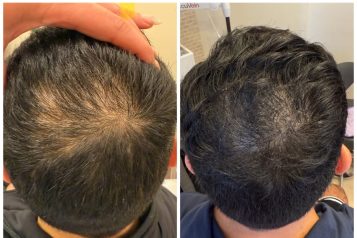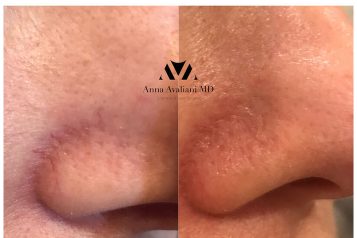Breathing is a fundamental aspect of life, but how we breathe can profoundly impact our health and well-being. While many people habitually breathe through their mouths, nasal breathing is often a more beneficial practice. Understanding the physiological differences between nose and mouth breathing, and the myriad benefits of nasal breathing, can help us make informed decisions about our respiratory habits.
 Photo Credit: Courtesy of Shutterstock
Photo Credit: Courtesy of Shutterstock
The Physiological Differences Between Nose Breathing and Mouth Breathing
Breathing through the nose and mouth activates different physiological pathways. Nose breathing is more efficient and promotes better health. When you breathe through your nose, the air is filtered, humidified, and warmed before it reaches your lungs. This process helps maintain optimal respiratory function and protects the body from pathogens and pollutants. Conversely, mouth breathing bypasses these crucial steps, potentially exposing the lungs to harmful particles and creating a less efficient respiratory process.
Enhanced Oxygen Uptake and Respiratory Efficiency
Nasal breathing plays a crucial role in optimizing oxygen uptake and overall respiratory efficiency. The nasal passages produce nitric oxide, a molecule that enhances the lungs' ability to absorb oxygen. This leads to more efficient oxygen delivery to the bloodstream and tissues. Additionally, the slower, deeper breaths associated with nasal breathing improve lung capacity and ventilation, making the entire respiratory system work more effectively.
The Nose's Role in Filtering and Humidifying Air
The nose acts as a natural air filter and humidifier. The tiny hairs and mucous membranes in the nasal passages trap dust, allergens, and other particles, preventing them from reaching the lungs. Furthermore, the air is humidified as it passes through the nasal passages, which is essential for maintaining the delicate tissues of the respiratory system. This filtration and humidification process helps reduce the risk of respiratory infections and other lung-related issues.
Influence on Breathing Patterns
- Tongue Position and Airway: Braces and orthodontic treatments can influence the positioning of teeth, which in turn affects tongue posture. Correct tongue posture, with the tongue resting against the roof of the mouth just behind the front teeth, helps keep the airway open and encourages nasal breathing.
- Arch Constriction: Misalignment in dental arches can contribute to a narrower airway passage, potentially leading to mouth breathing rather than nasal breathing. This can impact the efficiency of respiratory processes, including air filtration, humidification, and oxygen uptake.
Improved Sleep Quality and Reduced Snoring
Nasal breathing can significantly improve sleep quality and reduce snoring. When you breathe through your nose, the airways are more likely to remain open and unobstructed, reducing the chances of sleep-disordered breathing such as snoring and sleep apnea. Proper nasal breathing ensures that the body receives adequate oxygen during sleep, promoting restful and restorative sleep cycles. This can lead to better overall health, increased energy levels, and improved cognitive function.
Potential Health Risks of Chronic Mouth Breathing
Chronic mouth breathing is associated with several potential health risks, including:
- Anxiety and Depression: Mouth breathing can lead to inadequate oxygen levels in the blood, which may affect brain function and contribute to mental health issues like anxiety and depression.
- Diabetes: Poor breathing habits can disrupt metabolic processes, potentially increasing the risk of developing conditions such as diabetes.
- Heart Attack: Inefficient breathing patterns may lead to cardiovascular problems over time, including an increased risk of heart attack due to the stress placed on the heart and blood vessels.
Exercises and Practices to Promote Nasal Breathing
Making the switch from mouth breathing to nasal breathing requires conscious effort and practice. Here are some effective strategies:
- Tongue Positioning: Place your tongue on the roof of your mouth, just behind your front teeth. This helps keep the airway open and encourages nasal breathing.
- Close Your Lips: Make a conscious effort to keep your lips closed during the day and night to promote nasal breathing.
- Address Nasal Congestion: If nasal congestion is a problem, use saline sprays, or nasal strips, or consult a healthcare professional to address underlying issues.
- Mouth Taping: Gently taping your mouth closed at night can help train your body to breathe through your nose. Use specialized mouth tape designed for this purpose to ensure safety and comfort.
Incorporating these practices into your daily routine can lead to significant improvements in respiratory health and overall well-being. By understanding and embracing the benefits of nasal breathing, you can enhance your health, reduce the risk of various health conditions, and enjoy a better quality of life.
For any questions, visit Dr. Nammy Patel at Green Dentistry in San Fransisco, California.
For more information, visit Green Dentistry's social media:





















